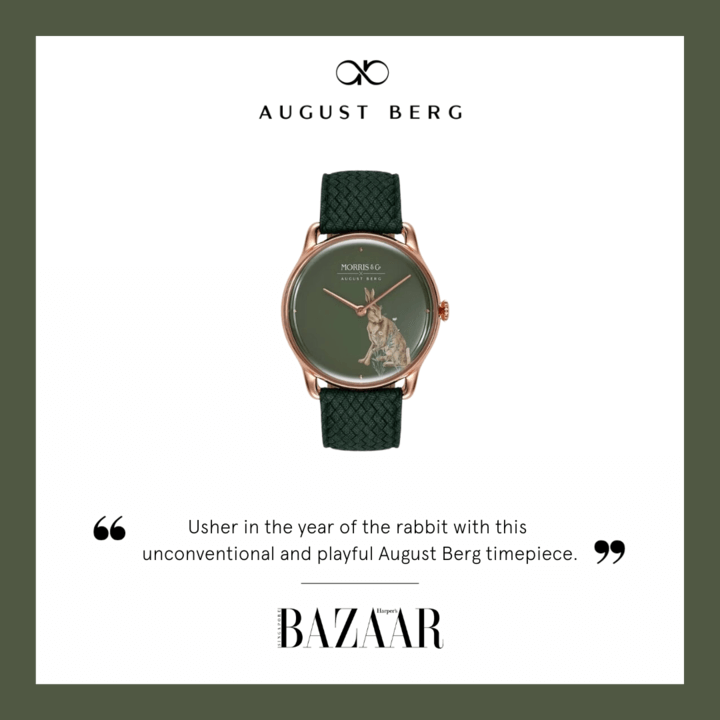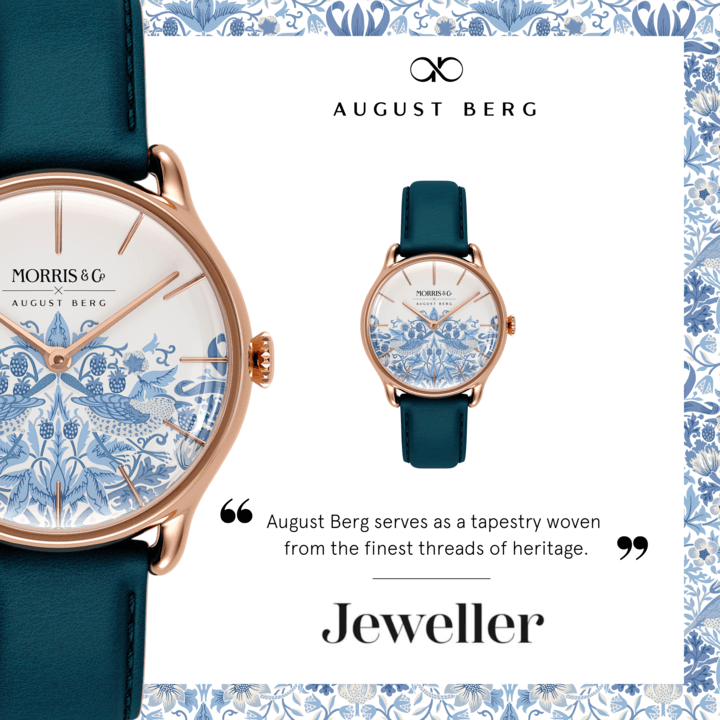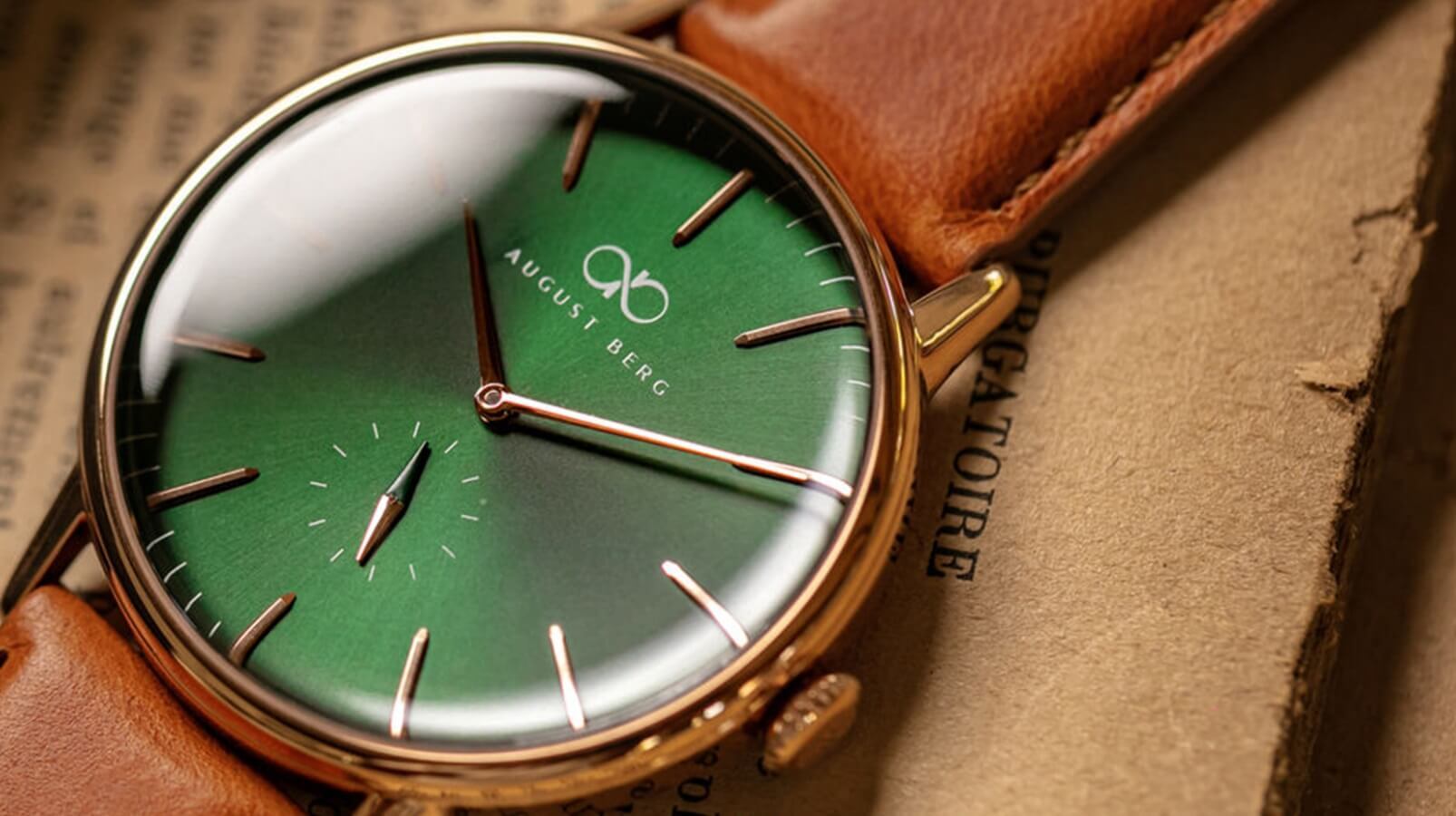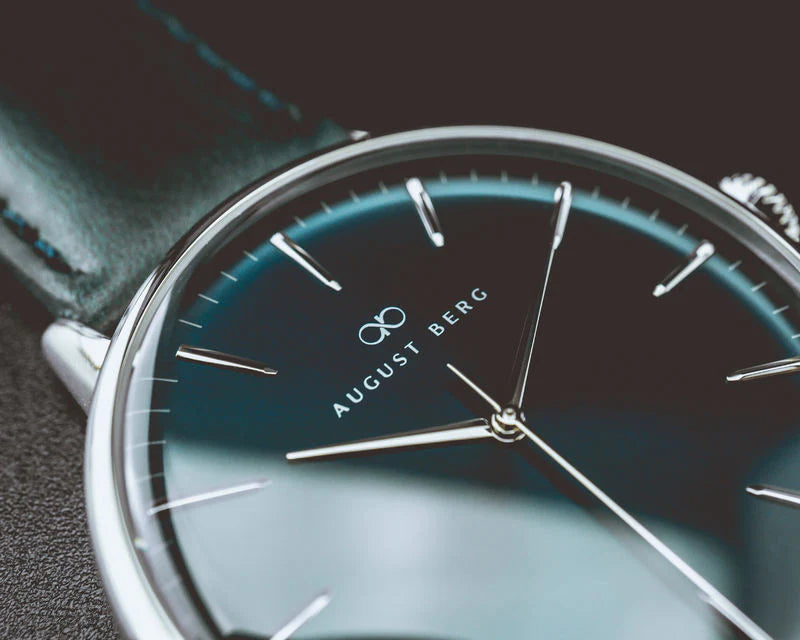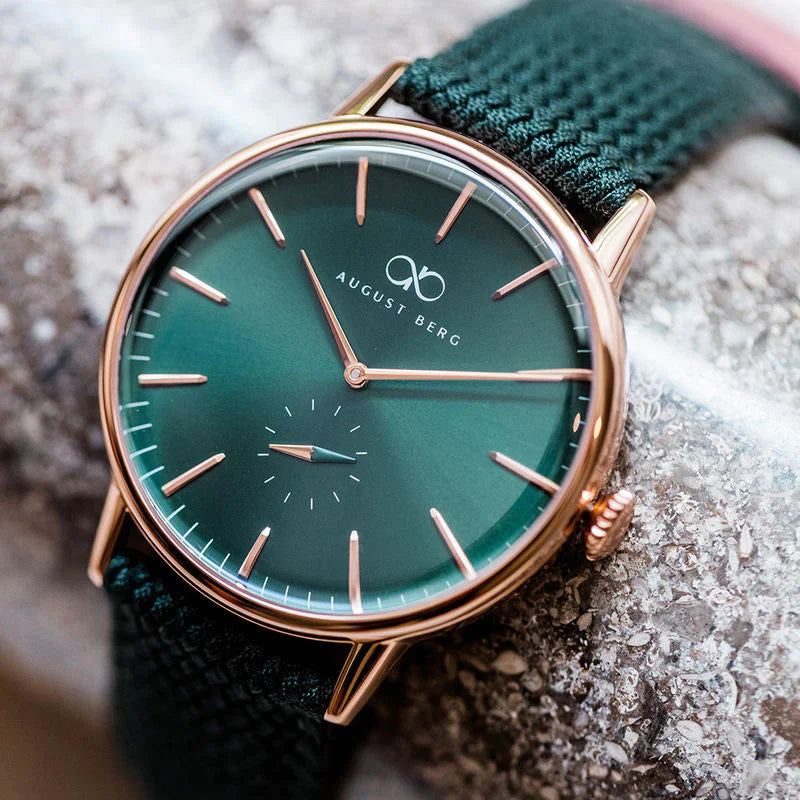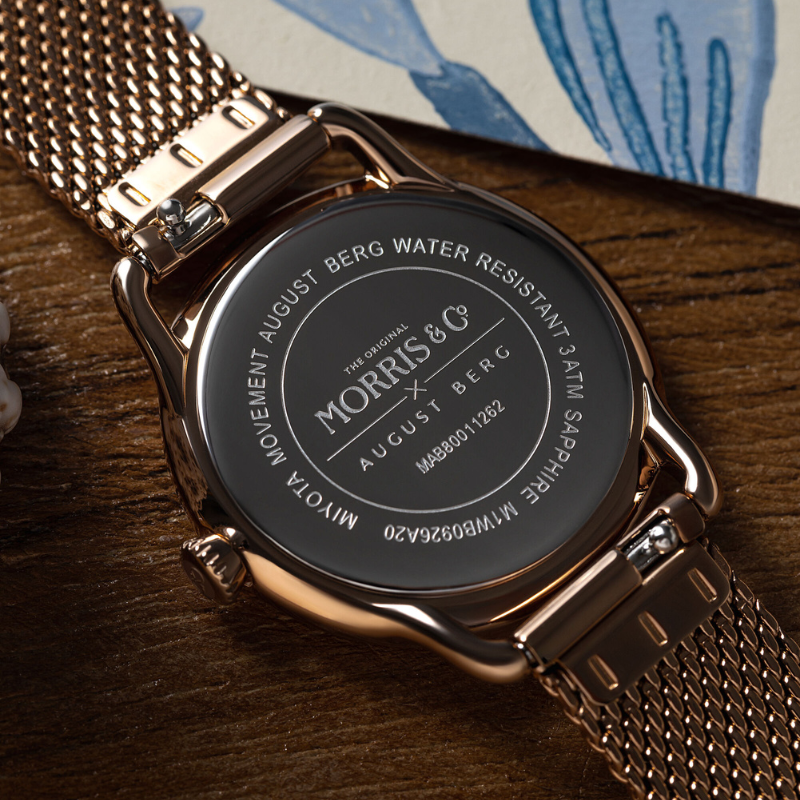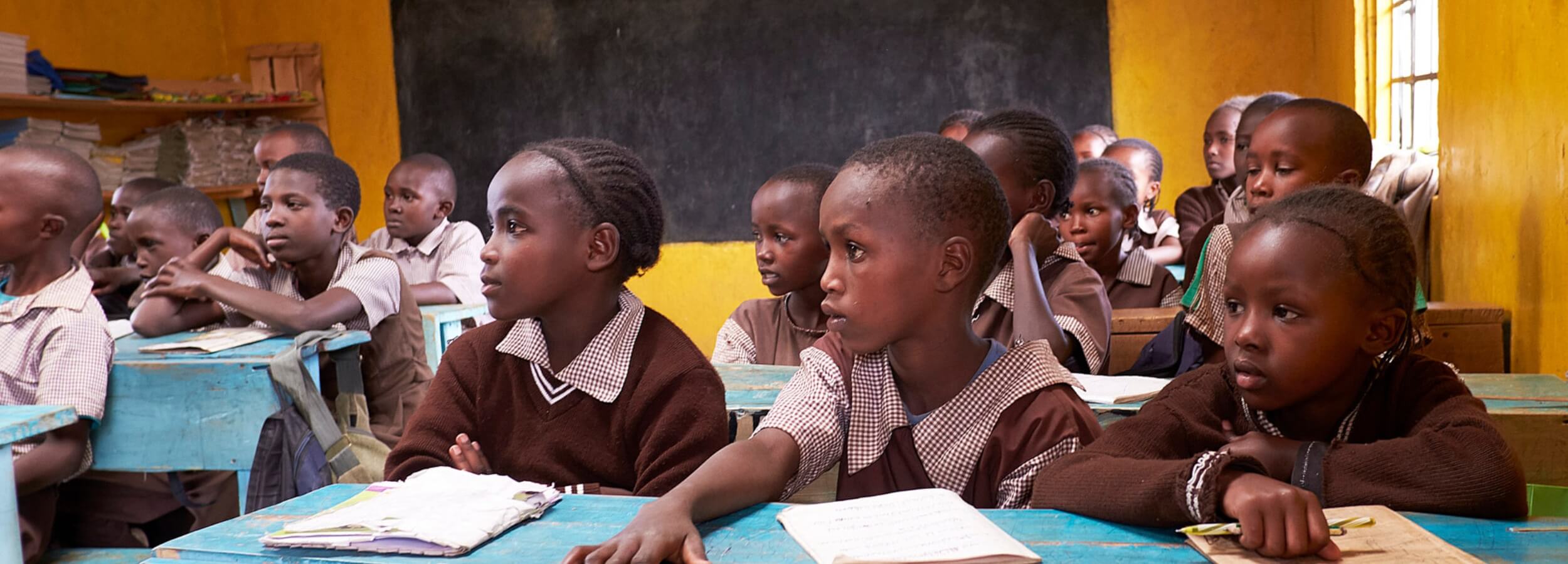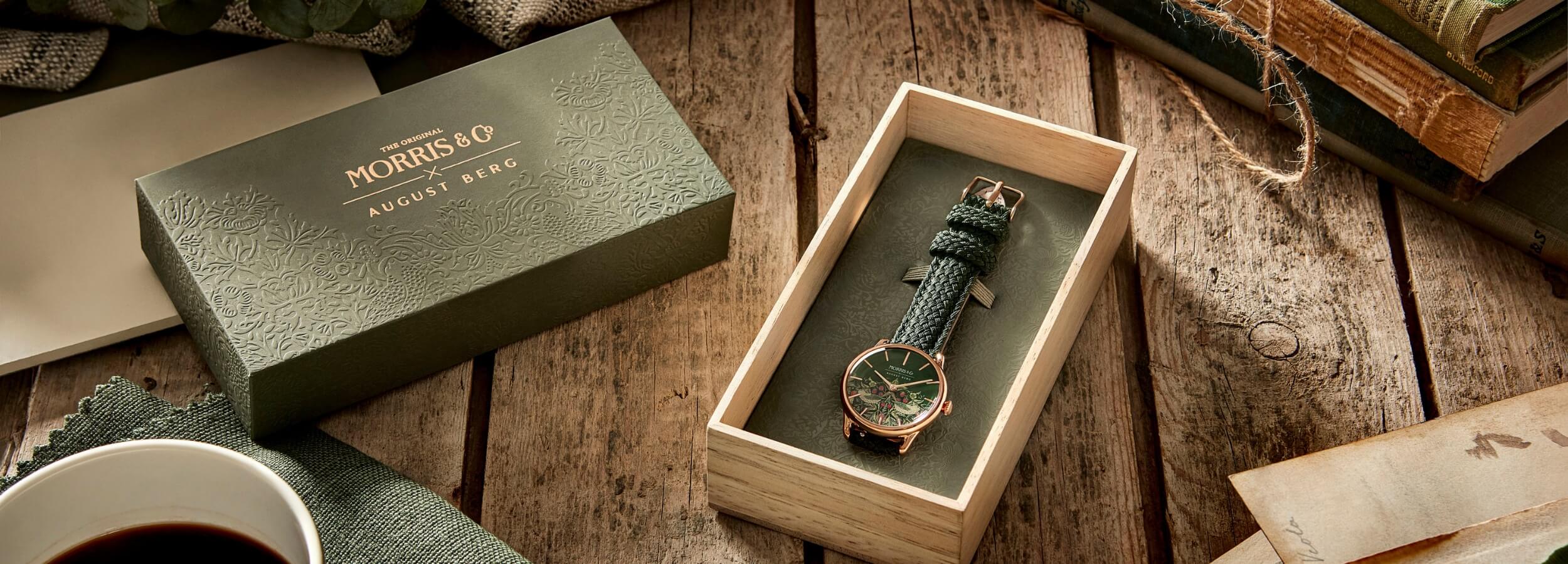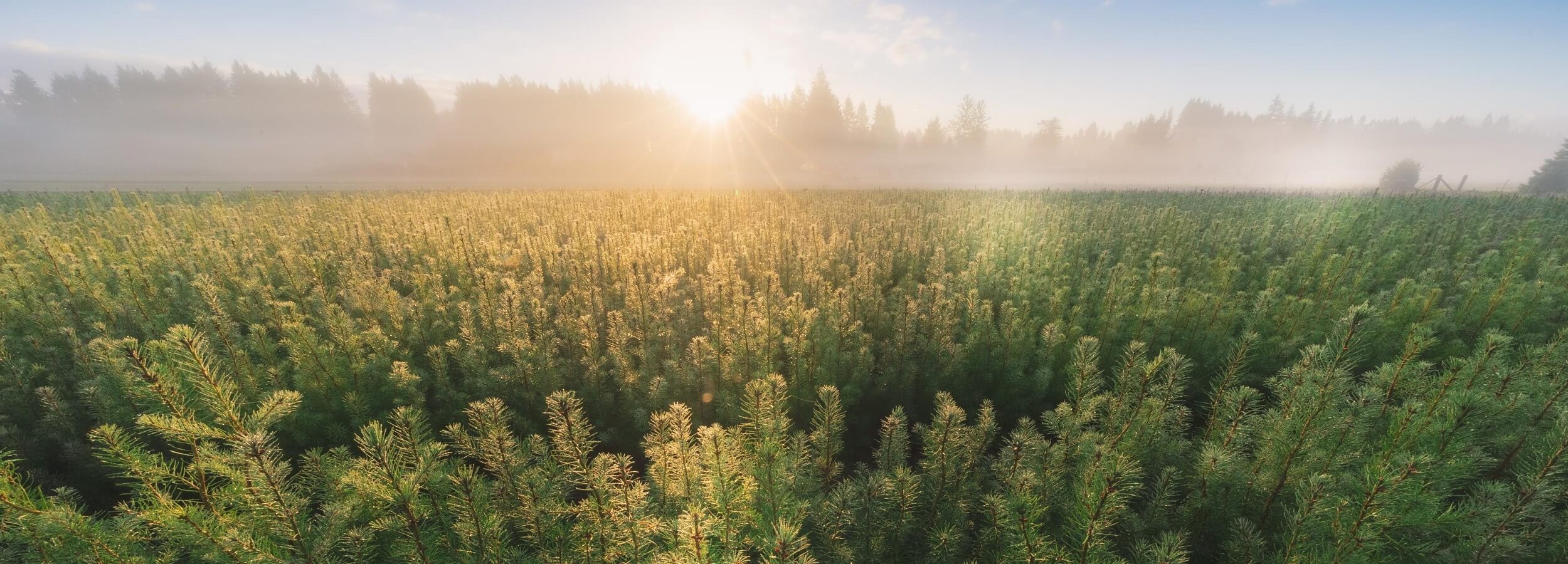Known for the red and golden decorations, popping firecrackers, and scrumptious festive snacks, Chinese New Year is an extravagant affair celebrated amongst Chinese communities around the world. Here, we explore how different Chinese communities are going to usher in the Year of the Metal Rat.
Lantern Festival in China

Yuan Xiao Jie (元宵节) is celebrated on the 15th day of the first Chinese lunar month, marking the end of the two-week-long festival.
Since ancient times, lanterns have been used for a myriad of purposes. Beyond illuminating the streets, the Chinese, in particular, have taken a fond liking to use lanterns as tools for ritualistic practices or decorative pieces since ancient times. From ovular to cylindrical shapes, and sometimes adorned with auspicious phrases penned in Chinese calligraphy, lanterns can come in varied forms and styles. One of the more common ones is known as the flying lanterns, or kong ming deng (孔明灯). These gorgeous lanterns, often seen carrying written messages of hopes and aspirations, are released into the night sky to become quite the spectacle to behold.
In the southern part of China, people celebrate Chinese New Year by consuming tang yuan, also known as glutinous rice balls that are filled with sweet paste.
They are mostly served boiled, although some places do offer them fried. The roundness of the rice balls symbolises harmony as well as a sweet reunion of the family unit. Even in Singapore or any Southeast Asian countries, the practice of eating tang yuan by the Chinese during Chinese New Year is common too.
Chinese Valentine’s Day in Penang
Along the shores of George Town, Penang, a ritual of romance is brewing. On the last day of Chinese New Year, also known as ‘Chap Goh Meh’ in the Hokkien dialect, people flock to rivers and canals, where the ladies are seen holding mandarin oranges while the men armed with scoops and nets.
Here, single women looking for romance would write their names (social media account handles and phone numbers, if they are bold) onto mandarin oranges and toss them into the canal. If they are lucky, a male on a rowboat or across the canal would pick up the orange, and they may score a chance at a happily-ever-after.

Members of the public fishing out mandarin oranges from the pond at a temple in conjunction with Chap Goh Mei celebration. (NSTP/FILE PIC)
This custom dates back to the 19th century, originating from the Hokkien community in the southern parts of China. Letting ‘fate’ unite destined lovers together, locals and tourists alike can take part in this old-school matchmaking.
Chingay Parade in Singapore
With 6,000 volunteers and performers from all around the world, the Chingay Parade in Singapore takes a twist on typical parades during the Chinese New Year. ‘Chingay’, originating from the phrase ‘Zhuang Yi’ (妆艺) in the Hokkien dialect equivalent, translates to ‘costume and masquerade’.
Singapore’s Chingay parade has roots from the Chinese community, often featuring lion dances and loud music to compensate for the ban of firecrackers. Today, the Chingay parade evolves to one that celebrates the multiculturalism of Singapore, where Tamil, Malay and Eurasian communities get to join in the spotlight as well!

With performances that run the gamut from gravity-defying acrobatics to musical performances by international bands, as well as remote-controlled dragons soaring across the sky to multicultural dances, the Chingay parade is an explosion of culture, colours and celebration that attracts thousands of spectators every year.

Chinese New Year Firecracker Ceremony and Cultural Festival at Manhattan
It’s not only the Far East that celebrates Chinese New Year – metropolitan cities in the West celebrate it too! Across many Chinatowns around the world, from Paris to Sydney, Chinese New Year is celebrated quite similar to that of East Asia.

One such example is the New Year’s Day Firecracker Ceremony & Cultural Festival in Manhattan, home to one of the oldest Chinese communities in the USA. This festival does not skim over the celebratory staples that herald in the Chinese New Year — where costumes are worn, firecrackers are lit, and lion dances are joined by a zealous crowd. The Annual Lunar New Year Parade also takes place in Manhattan on a different day too.
And amid the joyous celebration, diners cook up a storm of symbolic dishes, such as longevity noodles for a long happy life or dumplings for wealth.
While we learn that the festivals can vary across borders, it all boils down to how these pockets of people celebrate the arrival of spring. And for the Chinese communities, these celebrations signify joyful reunion and having huge aspirations for the year ahead. If you discover any other niches within your country or city, let us know in the comments section or tag us on social media @augustbergofficial
Written By Lua Ker Hian












